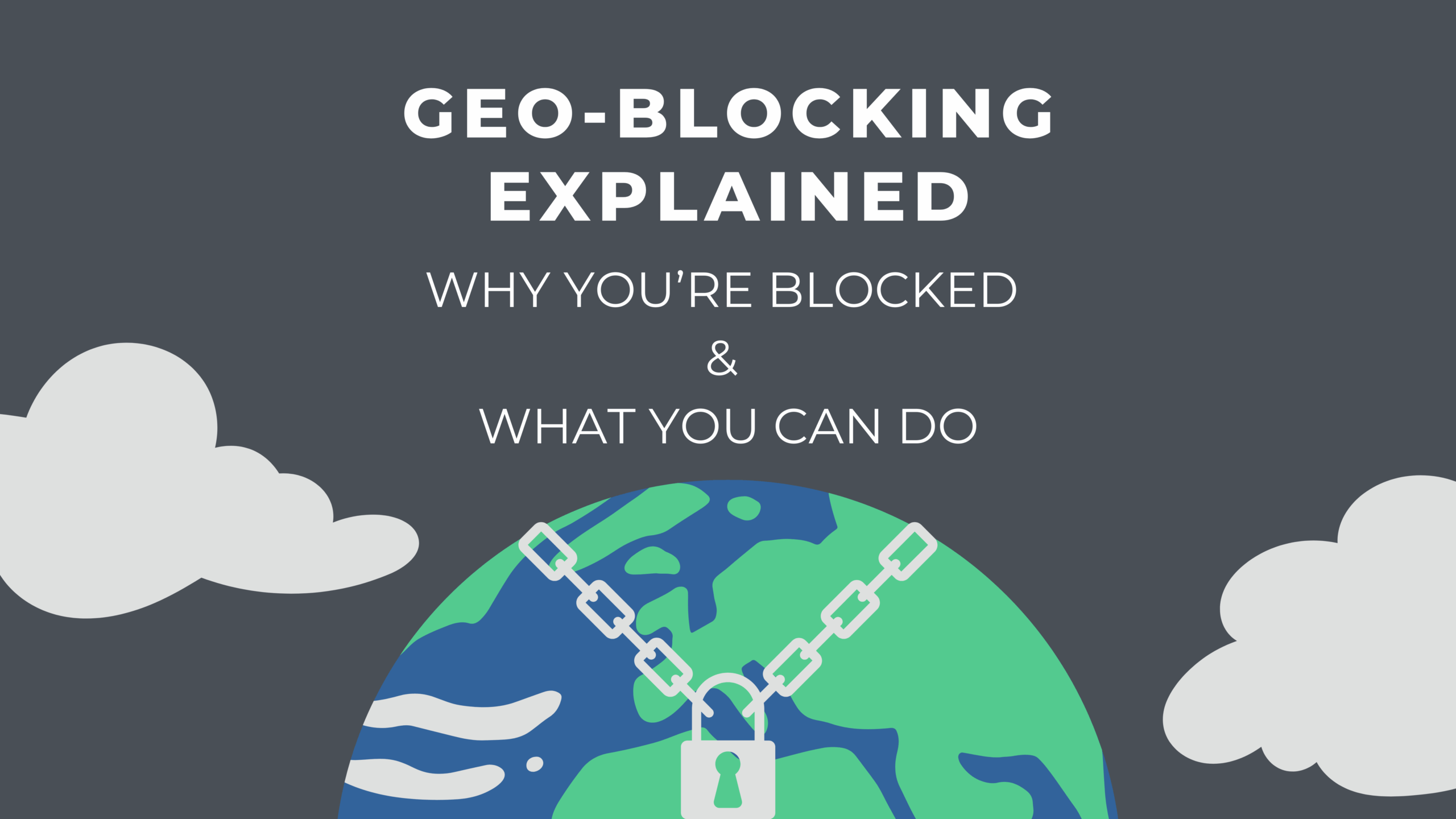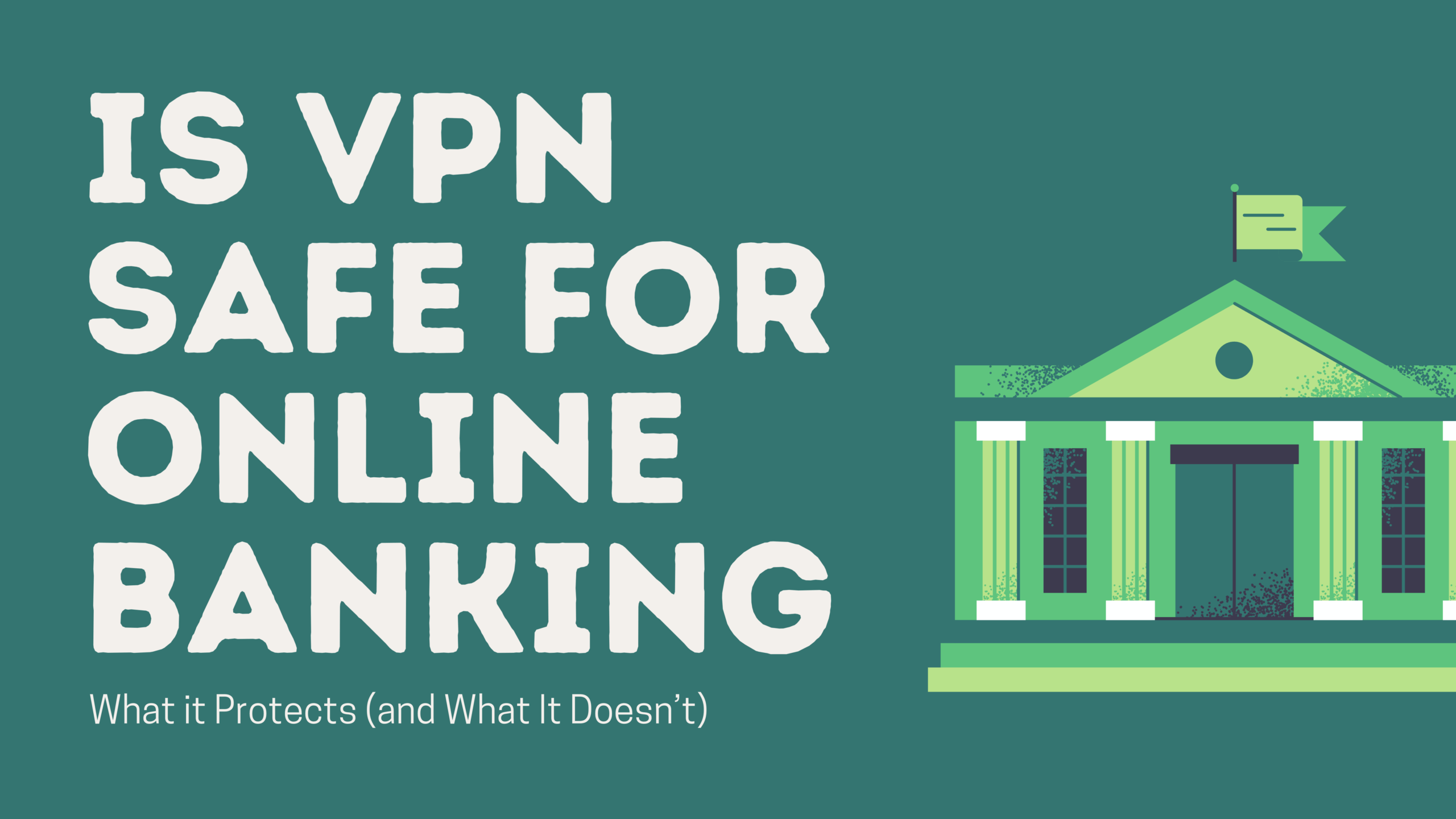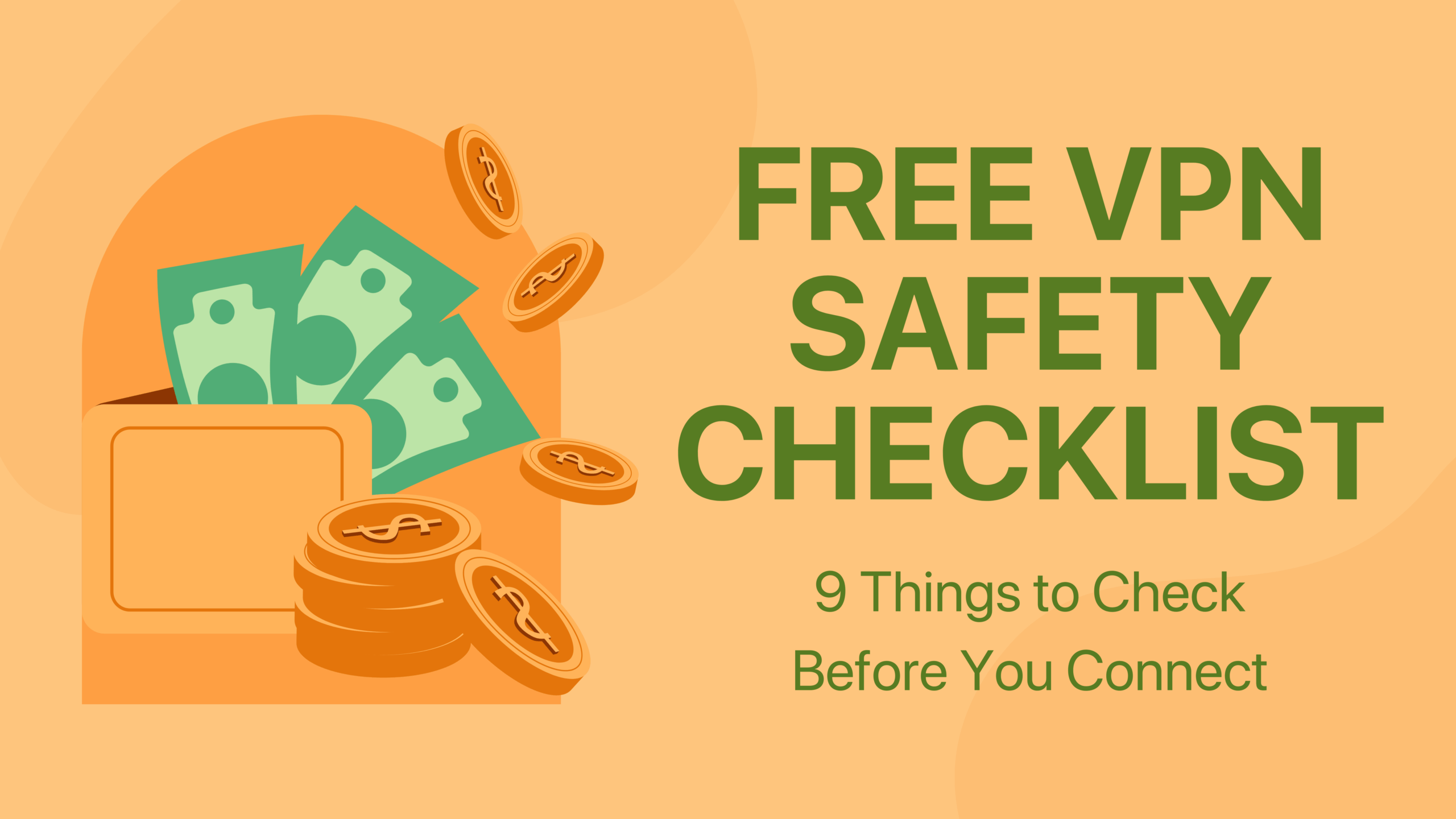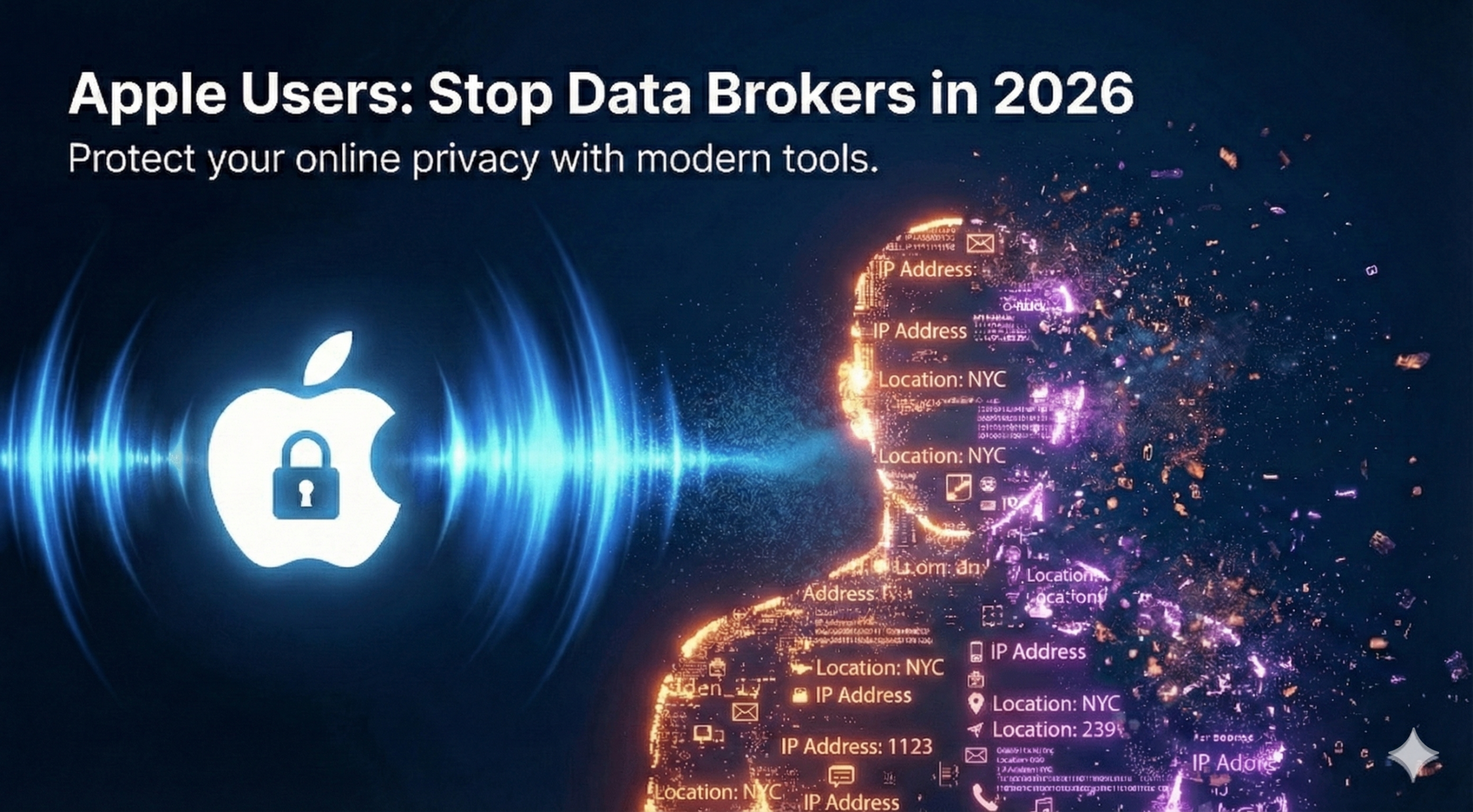
Geoblocking is when a website or online service limits what you can see or do based on your physical location.
Think of it like walking into a library and being told, “Sorry, you’re not from this city—you can’t borrow this book.” You can still walk around and look at some shelves, but certain content is locked away unless you’re in the “right” region.
This happens because websites can see your IP address, which gives away the country (and sometimes even the city) you’re connecting from. Based on that, they decide whether to let you in, show you a different version of the site, or block access completely.
Table of Contents
Quick Fix: What to Do When Geoblocking Limits Your Access
If you’re traveling or living abroad and find that a website or app says, “Not available in your region,” don’t worry—there are practical ways to handle it.
Here’s a 30-second overview of your options:
- Use a trusted VPN to change your virtual location. This updates the IP address websites see, letting them treat your connection as if it’s from another region.
- Clear cookies and browser language settings to avoid showing location clues from past visits.
- Turn off location permissions (like GPS) in your browser or app, especially on mobile.
- Try Smart DNS services for streaming—they don’t change your IP but can adjust how websites see your DNS queries.
- Check if the service offers a “travel mode” or cross-border access policy. Some platforms allow temporary access if you’re a registered user.
Reminder: Always follow local laws and platform rules. Changing your location settings doesn’t guarantee access, and some services may still restrict features or content based on other data like billing address or device type.
Want step-by-step help? Keep reading — we’ll explain how Geoblocking works, why platforms use it, and how to adjust your settings effectively in real-world situations.
Why Platforms Use Geoblocking to Restrict Content

Geoblocking isn’t just random or personal—it’s usually a business or legal decision made by the platform or website you’re trying to access. Here are the most common reasons:
Licensing and Copyright Rules
- Many streaming services (like Netflix, Disney+, or Hulu) buy rights to show movies and shows in specific countries. So even if a show exists on Netflix in the US, it might not be available in Germany because the platform doesn’t have permission to stream it there.
Local Laws and Regulations
- Some websites or apps are restricted due to government policies. For example, certain social media platforms or news sites may be limited in specific countries because of content laws, censorship, or data privacy rules.
Pricing Strategies and Business Models
- Online shops and software platforms sometimes show different prices or features depending on your region. Geoblocking helps companies control how their services are offered globally—especially for things like currency, tax rules, or launch schedules.
Security and Fraud Prevention
- Some services, especially banking or payment-related ones, use geoblocking to prevent suspicious activity. If someone tries to log into your account from a different country, the system might block access to protect you from fraud.
In short, platforms use geoblocking to manage rights, follow the law, protect users, or run their business more efficiently. It’s not always convenient for users, but it often helps services stay compliant and secure.
We’ll break down how websites know where you are—even if you didn’t tell them—and what tools they use to decide what you can or can’t access.
How Geoblocking Systems Detect Your Location
Even if you don’t tell a website where you are, most platforms can still figure it out quickly and accurately. Geoblocking relies on various technologies to detect your location and decide what you can access.
Here’s how that process works:
IP Address (Most Common)
- Your IP address acts like a postal code for your internet connection. It’s assigned by your internet provider and typically reveals the country or city you’re in. Platforms compare your IP to location databases, and if your region isn’t supported, they may block or change the content you see.
- Some websites take this a step further. They may analyze your connection using more advanced methods—like inspecting traffic patterns or unusual connection sources—to detect tools that try to hide your location.
GPS and Device-Level Location
- Apps and browsers often ask for precise location data through GPS or Wi-Fi. If you allow access, they can pinpoint your exact location—even down to your street. Unlike IP data, GPS signals are harder to fake, and some apps prioritize this over your network information.
- In some cases, tools like WebRTC (used for voice and video features) may also reveal parts of your IP address or internal network info to the website, unintentionally exposing your true region.
DNS and Network-Based Clues
- When you visit a website, your connection uses a DNS service to look up that site’s IP address. If you’re using your local provider’s DNS, this lookup reveals where the request came from. Some platforms use DNS patterns to confirm your location, even if your IP looks different.
Billing, Payment, and Account Details
- Payment methods and billing addresses often reflect where you’re based. Services that offer subscriptions or digital purchases may check this information to enforce regional pricing or content limits. If your card or account doesn’t match the region you appear to be in, access may be restricted.
Browser Settings, Language, and Time Zone
- Soft signals like your browser language, system region, or device clock can support other location checks. While these settings alone aren’t enough to restrict access, they help confirm your overall regional profile—especially when paired with IP or payment data.
Wi-Fi Networks and SIM Card Region
- Your device may also reveal where you are through Wi-Fi data or SIM card information. Some mobile apps use this to show region-specific content or limit availability based on where your carrier operates.
Advanced Checks: How Some Services Dig Deeper to Confirm Your Location
Most websites rely on your IP address or GPS to detect your region—but some go further. These platforms use advanced techniques to double-check where you’re really connecting from. It’s a bit like airport security giving you an extra screening just to be sure.
Here are two examples:
Deep Packet Inspection (DPI) — Like opening your internet mail
Normally, websites only see where your request came from. But with DPI, they can peek inside your internet “envelope” and see more details about the content you’re sending or receiving.
This method can detect if you’re using tools to hide your location—but it’s very resource-heavy, like scanning every single suitcase at an airport. That’s why most websites don’t use it unless absolutely necessary, such as in strict countries or high-security systems.
Routing and Delay Signals — Like tracking how your letter travels
Another method involves looking at how your data travels across the internet—similar to tracking how a letter moves from city to city.
If your data takes longer to reach a server (or takes a route that doesn’t match your claimed location), the system might flag it as suspicious. But this technique isn’t very reliable. It’s affected by many factors like your Wi-Fi speed, device, or even the time of day. So, it’s rarely used on its own, but sometimes helps confirm a mismatch.
Now that we understand how platforms detect your location, let’s explore how VPNs help—and what their real limits are.
How VPNs Help Handle Geoblocking (and Their Limits)
Using a VPN is one of the most common ways people deal with geoblocking—but it’s not a magic solution for every case. In this section, we’ll explain what a VPN can actually help with, what it can’t, and why some services still detect your real location even when you’re using one.
What a VPN Can Help With
- A VPN (Virtual Private Network) works by rerouting your internet traffic through a remote server in a different location. This makes websites and apps see the IP address of that VPN server instead of your real one.
For example, if you’re in Germany but connect to a VPN server in the US, websites will think you’re visiting from the US. This often helps you:
View content that’s only shown in specific countries
Access a regional version of a site (like a US or UK streaming library)
Get around general location-based restrictions at the IP level
Add privacy by encrypting your traffic on public or home networks

What a VPN Can’t Do (or Does Inconsistently)
- Geoblocking isn’t always based on IP address alone. Some platforms use other signals—like GPS, payment information, SIM card region, or login history—to check your location. In these cases, a VPN might not be enough by itself.
Here are common scenarios where VPNs may not fully help:
Situation | Why VPN May Not Work |
|---|---|
Mobile apps asking for GPS | GPS overrides your virtual IP, revealing your real position |
Apps tied to SIM card country | Your phone number or carrier can give away your region |
Streaming accounts tied to billing region | Changing your IP won’t affect your registered payment info |
Login from multiple locations in a short time | Platforms may detect account sharing or suspicious behavior |
Banking or secure apps | Many block VPNs completely to reduce fraud risk |
Can Services Tell You’re Using a VPN?
Yes, and some of them do. Here’s how:
Known IP addresses
Some platforms block VPN IPs using public databases
Traffic patterns
Lots of users connecting from one VPN server can raise red flags
Account behavior
If you usually log in from Canada and suddenly log in from Singapore, some systems may flag it as unusual activity
Premium VPN services try to reduce this by using rotating IPs, smart routing, or features that make VPN use less obvious—but no VPN is 100% invisible.
Step by Step: How to Use a VPN to Change Your Virtual Location
Step 1: Download a Trusted VPN app

For example, you can try X-VPN, which works on Windows, macOS, iOS, Android, and more.
Step 2: Install and open the app
Follow the setup steps. Most VPN apps are beginner-friendly and don’t require advanced settings.
Step 3: Choose a server location

Pick the country or region you want to appear in. This will update your visible IP address.
Step 4: Tap to connect
Once connected, your virtual location changes. You can now visit the website or app you had trouble accessing.
Step 5: Clear cookies and check browser language
Some platforms look at your past data or browser region—resetting these may help avoid location mismatches.
X-VPN is designed to enhance online privacy and security. Using VPNs to change your virtual location should always follow the terms of service of the platforms you use and the laws of your country or region.
Alternatives to VPN: Smart DNS, Travel Modes, and Platform Access Options
VPNs are powerful tools—but they’re not your only option when it comes to handling geoblocking. Depending on your needs and what platform you’re dealing with, other solutions might be faster, simpler, or better supported.
Let’s explore three alternatives that are worth knowing about:
1. Smart DNS: Speed Without Encryption
Best for: Watching region-specific streaming content on devices where VPN apps aren’t available.
Smart DNS services work by changing the way your device looks up website addresses. Instead of sending traffic through another country (like a VPN does), they reroute only the part that tells the website where you’re coming from.
Pros
Cons
2. Platform Travel Modes and Cross-Region Policies
Best for: Long-term users who want to stay compliant with platform terms.
Some services allow temporary access when you’re traveling, as long as you’re a verified user from another region. This is often built into your account settings. For example:
Netflix EU portability
If you’re an EU resident, you can access your home content when traveling within the EU
Apple and Google Play
You can switch store regions once every 12 months
Spotify Premium
Allows 14 days of access when abroad before requiring location confirmation
3. Download or Prepare Content in Advance
Best for: Travelers, students, or remote workers preparing for trips.
If you know you’ll be without access while abroad, some platforms allow downloads while you’re in your home region. For example:
Download shows from Netflix or Disney+ before leaving
Export needed documents or videos from cloud-based services
Update licensed software before changing regions
Which One Should You Choose?
Method | Best For | Privacy | Works Without App |
|---|---|---|---|
VPN | Flexible access + privacy | ✔️ | ❌ |
Smart DNS | Streaming on smart TVs | ❌ | ✔️ |
Travel Mode / Official Policy | Staying compliant with platforms | ✔️ | ✔️ |
Download in Advance | Temporary offline use | ✔️ | ✔️ |
Each method has trade-offs. A VPN gives you more flexibility and privacy, while Smart DNS may offer better speed on specific devices. For users who want to follow all rules, platform-approved access is the safest route.
How to Handle Geoblocking While Traveling, Working Remotely, or Studying Abroad
Geoblocking isn’t just a technical concept—it shows up in daily life, often when you least expect it. Let’s explore common real-world situations where location-based restrictions apply, and how users typically handle them.
Watching Your Favorite Shows While Traveling
You’re on vacation or a business trip, and your favorite series or local streaming selection isn’t available anymore.
Why it happens: Streaming services vary their content based on licensing and regional availability.
Logging Into Work Tools From a Different Region
You’re working remotely, but internal tools, dashboards, or client systems won’t let you log in from your current location.
Why it happens: Companies may use geo-based login policies to secure accounts and prevent unauthorized access.
Common approach:
- Use a VPN server in your company’s usual region
- Ask your IT team about enterprise VPNs or official remote access tools
- Avoid switching server regions frequently to maintain stable sessions
Studying Abroad With Limited Access to Local Platforms
You’re a student living in another country, but still need access to home-region education sites or local content.
Why it happens: Educational tools and platforms often have region-specific access rules or licensing limits.
Common approach:
- Many students use VPNs to stay connected to their original region
- Some platforms also offer international student access options
- Downloading key resources before traveling can also help
Price or Availability Changes While Shopping Online
You’re browsing an online store, but products are priced differently—or certain items aren’t available based on your location.
Why it happens: Retailers may show different options, prices, or shipping choices by region.
Common approach:
- Some users experiment with different regional views via VPN
- Adjusting browser language or region settings may also help
- Always check store terms and conditions before placing orders
Banking and Payment Apps Not Working Abroad
You’re traveling abroad and can’t log into your bank or payment apps.
Why it happens: Financial platforms may restrict access outside their service regions or block VPNs for security.
Common approach:
- Use only officially supported access methods during travel
- Avoid using VPNs unless the app or bank explicitly allows it
- Contact support before your trip to authorize international logins
Summary Table
Situation | Common Tools Used | Notes |
|---|---|---|
Streaming on the go | VPN / Smart DNS | Set to home region for familiar content |
Work logins blocked | VPN / Remote Gateway | Consistent region helps avoid flags |
Studying from abroad | VPN + Downloads | Some schools offer open access tools |
Shopping limitations | VPN + Browser Settings | Check site terms for compliance |
Banking app issues | Official access only | VPN use may cause login rejection |
Reminder: Always use privacy tools responsibly. Make sure your actions follow the terms of service of the platforms you access and comply with local laws and regulations.
Wrapping Up: Understanding and Handling Geoblocking
Geoblocking is everywhere—from your favorite shows and websites to online stores and apps. Most of the time, it’s about location-based rules set by platforms, not something you’re doing wrong.
The good news? Tools like VPNs can help you adjust your online region and access content more freely. Just remember: a VPN works best when geoblocking is based on your IP address. It might not help when apps use GPS, payment info, or other location signals.
By understanding how geoblocking works and what your options are, you can make smarter, safer choices online—whether you’re traveling, working abroad, or just trying to access the content you care about.
FAQ
What is geoblocking?
Geoblocking is when websites or apps limit access to content based on your location. They usually check your IP address to decide what you can or can’t view online.
Why do streaming platforms use geoblocking?
Streaming services use geoblocking because of licensing agreements. Certain shows or movies can only be shown in specific countries due to contracts with content owners.
Can a VPN help with geoblocking?
Yes, a VPN can help if the platform uses your IP address to restrict access. It changes your visible IP, making you appear to be in a different location online.
Does geoblocking affect mobile apps too?
Yes. Some mobile apps also restrict features or content based on your GPS, SIM card, or app store region—not just your IP address.
Why doesn’t my VPN always work for geoblocking?
Some platforms use extra checks like GPS, payment info, or login history. Even if your IP looks correct, these signals might still reveal your actual location.
How do I change my online location with a VPN?
Install a VPN app, choose a server in the region you want, and connect. Once connected, your visible IP changes. Clear cookies to avoid location mismatches.
Is geoblocking legal?
Yes, geoblocking is legal in most regions. It’s often used to meet copyright rules, licensing limits, or local regulations.



